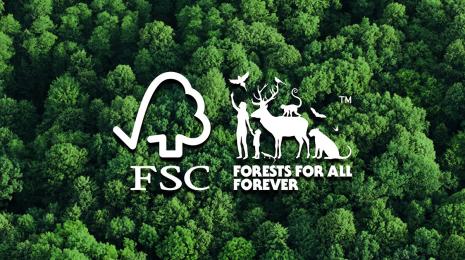World Food Programme analyzes sources of food insecurity to break the cycle of hunger
People are considered food secure when safe, nutritious food is available and accessible to them at all times. However, many communities around the world don’t have this access. The United Nations World Food Programme (WFP), a leading humanitarian organization, works with these communities to improve nutrition, build resilience, and help deliver food assistance in emergencies. In the last year, WFP provided assistance to 91.4 million people in 83 countries.
The World Food Programme’s Vulnerability Analysis and Mapping (VAM) unit is a network of 250 analysts around the world who collect, manage, and analyze data from a variety of sources, working closely with national governments, United Nations partners, and NGOs. By examining various data streams, WFP’s analysts can provide actionable food security information for each country, identifying the most food insecure populations in the world and the underlying causes in order to effectively combat hunger. Bringing this data into Tableau makes it easier for decision-makers to understand different aspects of food insecurity and how best to direct resources.
Building food resilience with data
Before WFP can provide assistance or build self-resilience in communities, they need to understand the food security situation on the ground: who is food insecure or vulnerable; where they are; how many there are; and what actions that can be taken to improve conditions. With food security analysis and monitoring data in Tableau, the VAM unit can present actionable information for each individual country, in near real-time and in a way that is easy to understand..
The team brings in data from a SQL Server database and ElasticDB. The data stored here is vast, containing data from government organizations, country-wide surveys, and humanitarian agencies. WFP uses questionnaires to ask people both curated and open-ended questions around food insecurity, resulting in free-text responses. With Tableau, VAM analysts can narrow down the most frequent keywords and connect them with demographic information, allowing them to get a more holistic view of food insecurity within certain regions.
WFP works with country offices to collect data and create reports through Tableau, meaning staff no longer have to rely on static PDFs (and the delays associated with their production) to make critical, life-saving decisions. “We like to be quick in our data dissemination process,” explained Wael Attia, Data Manager for VAM. “It doesn't make any sense to collect data now if it takes two weeks to produce the report. With Tableau, the moment the data is analyzed, we can publish and share that data via Tableau.”
VAM staff travel to countries around the world and train regional units how to use Tableau along with best practices for building effective dashboards. Once trained, country officers can publish dashboards to Tableau Server into a work-in-progress folder where it is approved by VAM analysts before going live. And as staff become more advanced users of Tableau, they train others throughout their department. This process creates a scalable, self-functioning operation in each country.
Creating two-way communication with beneficiaries
Analysts conduct several baseline assessments to determine underlying causes of food insecurity in a region. One of these assessments is a market analysis looking at the impact of higher food prices on households and traders. “We're coming to a point that we don't want to only be visualizing food security data by itself. We're coming into an era where we need to integrate different streams of data together,” says Wael.
The VAM unit has supply-and-demand data on the prices of commodities in a particular market. They also have access to data on environmental factors like rainfall patterns. Tableau makes it possible to blend this data together, creating visualizations to demonstrate how prices change in certain weather conditions.
World Food Programme not only collects data from the humanitarian community, but also aims to give that data back to the beneficiaries. “If we can blend all this data together, we can give better information to the people we serve on the ground,” says Wael.
“We have tools in place to push the data back to the people who gave us the data. So, through a phone call, we can provide information,” says Wael. “For example, the cheapest place to get wheat, rice, or sorghum—or which market is most accessible. It's a two-way communication approach.”
The ability to ingest the data and find the best path forward allows the WFP to act quickly and find creative solutions to stop the cycle of hunger and poverty across the world.
The World Food Programme’s VAM program is supported in part by the Tableau Foundation. Read more about the World Food Programme’s data projects on the Tableau blog or learn how other organizations use Tableau.








